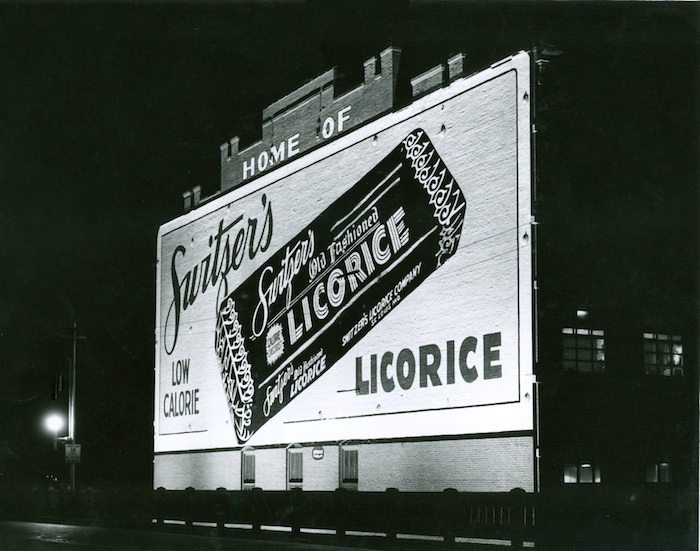 Licorice, the classic black variety, is a candy you either love or hate – unless you’re from St. Louis.
Licorice, the classic black variety, is a candy you either love or hate – unless you’re from St. Louis.
I know that sounds strange, but I believe it’s true. St. Louis is the home of the Switzer Candy Company, the maker of one of the most recognized brands of licorice in the country. It’s something St. Louisans take pride in even if they personally don’t like black licorice.
I was never a fan of black licorice, however, I loved, and still love Switzer’s cherry twists, what some call cherry licorice, one of the other candies the company made throughout its history. As an example, your great-grandmother may have enjoyed the company’s buttermels or chocolate soldiers, a couple of the sweet treats Switzer’s produced. This company’s story happens to be the story of Patrick Murphy’s family, which he recounts in his book, “Candy Men: The Story of Switzer’s Licorice,” published by Reedy Press. It’s a fascinating read tracing three generations of Murphy’s family’s candy company.

During a quick Q&A, Murphy provided a little background on his family’s famous business, sharing his thoughts about the success and struggles his family’s “Candy Men” encountered while working to obtain the American Dream.
To begin, I wondered if the Switzer candy story was made easier or harder to tell since it was about his own family?
“The fact that this is a family story made the telling of it easier. I grew up in a family of storytellers, and I heard the tales so many times that by the time I was grown I felt I knew people who had died before I was born. It was as if each story was a piece of a puzzle, and when you put them all together the picture they made was of the Murphys and the Switzers and a candy factory.”
Candy Men’s story begins in Kerry Patch, St. Louis’s Irish slum where Murphy’s Uncle Fred was born in 1887. Fred lived long enough for Murphy to actually know his uncle and remember his stories of how poor the family was, how tough the neighborhood was, and how the Irish were looked down on back then.
As Murphy explained, “ He (Uncle Fred) taught me to respect the past, because, he said, it never dies and lives alongside us in the present. I think that’s a very Irish way of looking at things.”

Switzer doesn’t sound like an Irish name. Murphy said it was tough for the Switzers to live in an Irish neighborhood back in the day, because everyone thought they were German. But they were as Irish as the Murphys. The story is, they were originally from what is today Germany, but moved to Ireland in the 1700s, before coming to America during the Great Famine. There’s a funny story in the book about how Fred Switzer, Sr. tried to move into a German neighborhood around the turn of the century, but was discovered and sent back to Kerry Patch.
At one time there was a factory alongside Eads Bridge that had a big sign painted on the side of the building, which Murphy said was torn down in 2007, after years of abandonment,.
“I have lots of memories of going down there when I was a kid when that part of the riverfront was just factories and warehouses,” he said. “The Switzer building was this amazing place with five floors of belts and conveyors and gears, big machinery, and a continuous procession of candy boxes rolling out the door. Everything was in motion, and all the mechanical sounds were like music to me. My brother and I would grab hunks of half-cooked black licorice from a rack in one of the drying rooms and go to the machine shop on the roof and watch them build the arch. Is that a St. Louis memory or what?”

Behind the “Candy Men” there has to have been women.
“It was my great-grandmother who had the idea of making candy in their tenement kitchen and selling it on the street,” Murphy said. “And most of the factory’s employees were women, even from the earliest days, and they were the backbone of the union movement.”
Murphy, who has spent the past 30 years producing programing for PBS at Channel Nine, is working on turning his “Candy Men” book into a documentary. The projected air date is summer or fall of 2021.
Before closing our Q&A, and considering Oct. 31 is right around the corner, I had to ask. What is your favorite Halloween Candy?
“That’s an easy one. Switzer’s black licorice – Gotta be black,” he said.






Thank you, Suzanne, for a great article. I really appreciate the boost it will give the book. Good luck and stay safe.
Patrick